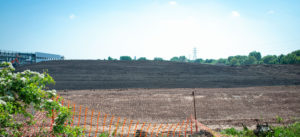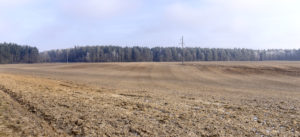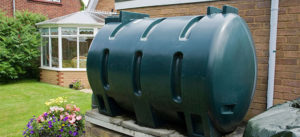Research from insurance company LV= in 2021 shows that more than half of homeowners do not know what subsidence is.
The study also shows that they do not know how to spot it.
Other findings included:
• One in five homeowners have noticed signs of potential subsidence but 26% didn’t take any action
• Over half (53%) didn’t know if subsidence is included in their current buildings insurance policy.
As data shows that larger claims to rectify subsidence can cost over £30,000, it’s worth knowing more about subsidence.
What are the signs that my house has subsidence?
During the earlier stages, it is not always easy to spot subsidence. But there are a few key signs of structural movement. The signs that your house has subsidence includes:
• Large cracks in a wall, usually around a door or window frame. These are wider at the top than they are at the bottom and are usually more than 3mm wide.
• Doors and windows that stick.
• Sloping floors (which is more common in older properties).
• With extensions, look for cracks where the extension meets the main part of your house.
• Sinking or dips in pathway or driveway.
Don’t mistake the signs
In the research by LV=, many people mistook the signs of subsidence. For example, bulging floorboards, signs of mould, damp patches and tilting trees outside the property do not mean subsidence is a problem.
How to treat subsidence
There are many ways to treat subsidence in your property. The solution depends on the cause of the problem and how severe it is. Your house may need underpinning in the foundations or the injection of more modern resins.
Other less serious solutions include cutting back and removing trees that are undermining the foundations. Leaky drainage maybe causing the issue, in which case the affected pipework would need locating and replacing. Such problems can be rectified without the eye-watering cost of underpinning.
The difference between settling and subsidence
Many new-build homes will naturally ‘settle’ after being constructed. As the ground is compacted with the extra weight, small shifts occur as everything settles.
Builders will return after a few months of the building’s completion to check and repair minor cracks.
What to do if you think you have subsidence
Always check for possible signs of subsidence to ensure you notice any issues before they become a serious problem. Research shows most people do not check their property because they do not believe their property is at risk.
If you believe your property has subsidence, speak to your insurance company first. They will check whether your buildings insurance cover subsidence. If that’s the case, they will arrange for experts, such as ATG Group, to carry out a survey.
Should subsidence be found after the survey, the insurance company will request quotes to rectify the situation.
For more information about subsidence, contact our team today.








